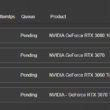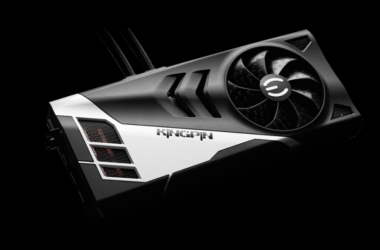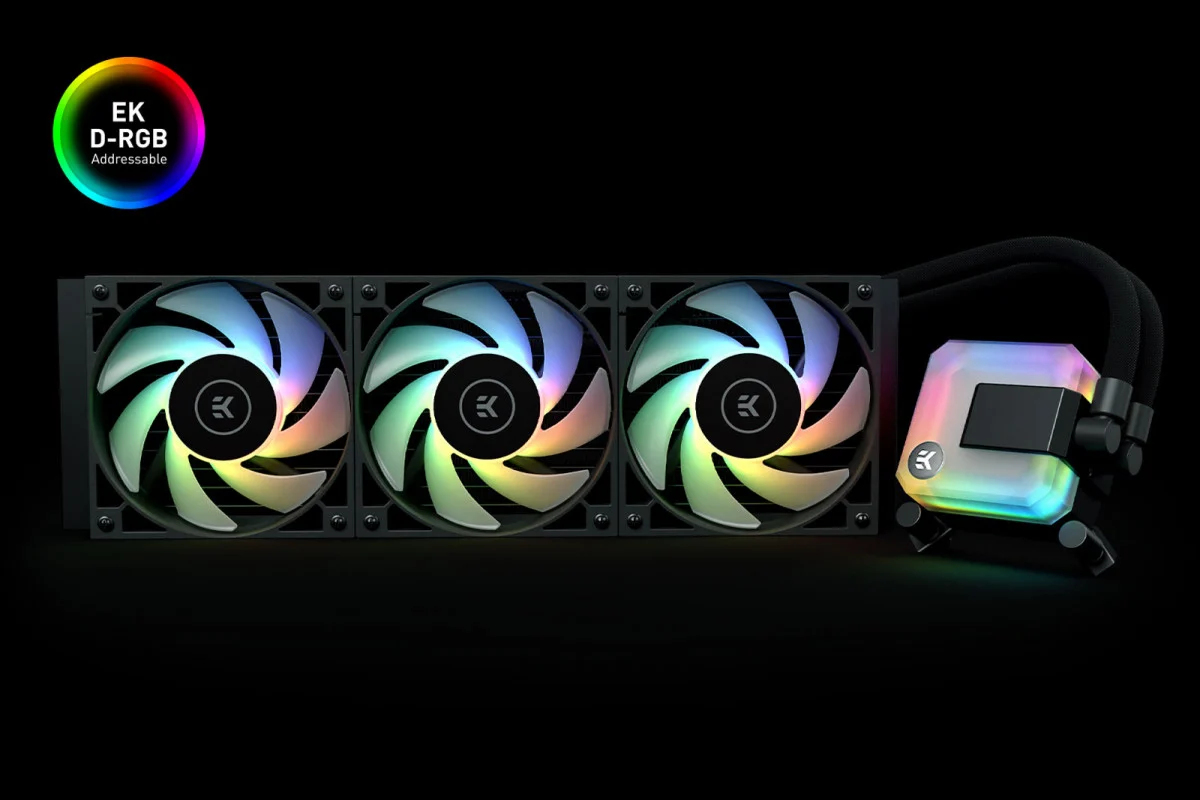If you’ve been wondering when getting your hands on the new Nvidia RTX 3000 or AMD RX 6000 graphics cards, unfortunately, the news isn’t so good. It is unlikely to happen anytime soon.
Both companies have issued statements on the issue and Nvidia’s CFO Colette Kress delivered the sad news via a conference call with Seeking Alpha.
Kress blamed unusually strong consumer demand for the Ampere GPUs and resulting strains on the supply chain for the shortages. She went on to say: We expect the inventories in our supply chain with our AIC partners, as well as our e-tail and retail affiliates to continue to be less than demand through Q1.
Darkening an even gloomy situation, it was revealed that Nvidia’s Qi doesn’t begin in January and end in March as you would normally expect, but their fiscal Q1 ends on the last day of April instead. Simply stated, you can expect supply to remain tight through the end of April, or maybe even through May by the way things are looking.
At any rate, the last update we got from Nvidia before this sobering news was that supply would bounce back by the end of February or March at the latest. Well, it has become more than apparent that Kress’s November, 2020 estimate was more than a little too optimistic.
Kress went on to say that, “our overall capacity hasn’t been able to keep up with the unusually strong demand that has materialized. Further constraints have been placed on us by the overall uptick in global demand and the lack of capacity to meet those demands, through assembly, test and sub-trades. However, we remain committed to solving this problem and are working harder every day to improve our overall supply chain.”
On a side note, Kress confirmed to us that the adoption of the adoption of the RTX graphics cards (RTX 2000 and 3000 models) is moving along smoothly and around 10 percent of Nvidia’s GPU users have made the switch to the RTX graphics card.
A Brighter Future for Nvidia?
So, if Nvidia’s supplies are going to remain iffy for the foreseeable future, what does that mean for AMD? Fortunately, the news coming out of AMD is a bit more optimistic, however, the outlook for a complete supply recovery is still a bit shaky.
The good news is, The Verge, which cited the same report, stated that AMD will continue to market its RX 6800, 6800XT, and 6900XT reference boards – rather than ceasing production, tasking third-party manufacturers and suppliers with getting Nvidia’s high-end GPUs to gamers (which usually happens after some time has passed after initial launch).
One reason for this decision is that third-party retailers have been seriously inflating their asking prices – attributed to the same supply and demand problems – causing AMD to promise to keep the price of their own boards at recommended retail pricing levels. Graphics card manufacturers are also being asked to stick to recommended retail pricing levels.
That is indeed a move in the right direction as far as fairness in pricing is concerned. However, The Verge was quick to note that they were unable to ascertain just how many GPUs AMD will be able to deliver, adding that the company said it is committed to making as many of the reference cards available to gamers as possible, which doesn’t sound like an ironclad promise to me.
On a related note, Anandtech interviewed AMD’s chief executive Lisa Su and questioned her extensively about the overall supply shortages, not just Nvidia’s GPUs, but the Ryzen 5000 CPUs as well.
These shortages are the direct result of a demand-focused environment, and have nothing to do with problems in manufacturing. There are shortages in the supply chain because the demand for the product is so high, and has put an enormous amount of pressure on our consumer, PC, gaming production capabilities. As far as our semiconductor production is concerned, we’re increasing our production capacity to meet this unusual uptick in demand.
Su stated, “These shortages are the direct result of a demand-focused environment, and have nothing to do with problems in manufacturing. There are shortages in the supply chain because the demand for the product is so high, and has put an enormous amount of pressure on our consumer, PC, gaming production capabilities. As far as our semiconductor production is concerned, we’re increasing our production capacity to meet this unusual uptick in demand.” She added, “it will take us some time to catch up, but that’s what we’re working on.”
Su continued, “at present, we’re shipping a ton of parts, and the volume in all areas has increased tremendously, and that trend is expected to continue through 2021. Of course, supply will continue to be tight through Q1 and Q2, but that is because, in addition to consumers, we also supply our OEM partners. There are some prioritization protocols we must adhere to regarding the consumer and our OEM partners, but we understand the position the consumer is in and are sympathetic to their needs, so we have placed their needs higher up on our list of priorities.”
Nevertheless, rumors about continued strains in the supply chain throughout the first six months of the year are bound to make people nervous when exactly will supply catch up with demand for Nvidia GPUs (and the Ryzen 5000 CPUs).









